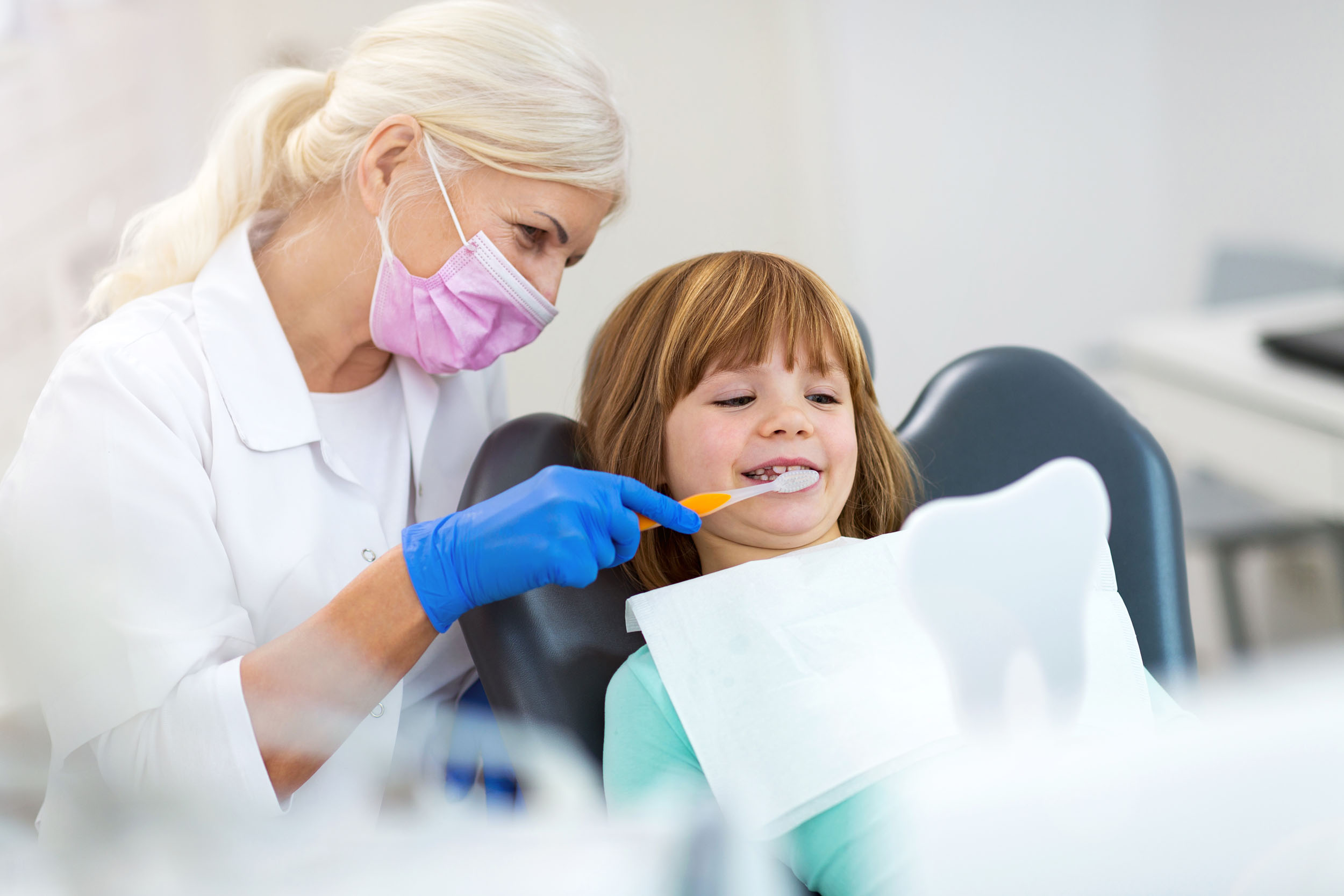The 45-Second Trick For Legacy Orthodontics
The 45-Second Trick For Legacy Orthodontics
Blog Article
About Legacy Orthodontics
Table of ContentsThe Facts About Legacy Orthodontics UncoveredThe Greatest Guide To Legacy OrthodonticsThe Buzz on Legacy OrthodonticsThe Single Strategy To Use For Legacy OrthodonticsLegacy Orthodontics for Dummies
At Advanced Orthodontics, we provide people with a alternative therapy experience. On top of that, we provide flexible treatment routines, adaptable settlement options and an enjoyable, pleasurable experience. orthodontist. Phone call ( 480) 357-4900 today for more details and schedule an appointment.An orthodontist is a dental professional educated to detect, avoid, and treat teeth and jaw irregularities. Orthodontists function with individuals of all ages, from children to grownups.
Malocclusion, or misaligned teeth, can cause oral concerns, including dental caries, periodontal illness, and tough or painful eating. Yet not everybody is birthed with straight teeth. If you have a bad bite or large rooms between your teeth, you might intend to consult a dentist specializing in orthodontic care.
10 Simple Techniques For Legacy Orthodontics
( Photo Credit Score: DigitalVision/Getty Images) Orthodontists utilize fixed and removable dental devices, like braces, retainers, and bands, to alter the setting of teeth in your mouth. Orthodontic therapy is for dental irregularities, including: Crooked teethBite troubles, like an overbite or an underbiteCrowded teeth or teeth that are as well much apartJaw misalignmentThe objective of orthodontic treatment is to boost your bite.
While you may believe of orthodontists as mostly for youngsters or young adults that require braces, they can remedy oral troubles at any age. Orthodontists participate in university, oral school, and orthodontic institution.
All orthodontists are dental practitioners, but not all dental professionals are orthodontists. Orthodontic residency programs offer intensive, concentrated instruction for oral specialists. They concentrate on 2 locations: Exactly how to appropriately and safely move teeth Exactly how to appropriately lead growth in the teeth, jaw, and faceOnce an orthodontist has actually completed training, they have the choice to become board accredited.
The Basic Principles Of Legacy Orthodontics
Imbalance, or malocclusion, is the most usual factor individuals see an orthodontist. It is genetic and is the outcome of size distinctions in between the top and lower jaw or in between the jaw and teeth. Malocclusion leads to tooth overcrowding, an askew jaw, or irregular original site bite patterns. Malocclusion is generally treated with: Your orthodontist attaches steel, ceramic, or plastic square bonds to your teeth.
Some individuals require a headgear to help move teeth right into line with pressure from outside the mouth. A retainer is a custom gadget that keeps your teeth in location.
They're frequently made use of on youngsters. They can develop added space in the mouth without needing to draw teeth. If you have a severe underbite or overbite, you might require orthognathic surgical procedure (also called orthodontic surgical treatment) to lengthen or shorten your jaw. Orthodontists make use of cords, surgical screws, or plates to sustain your jaw bone.
You may need to see an orthodontist if you have: Crowding or otherwise sufficient room for all of your teethOverbite, when your top teeth come your bottom teethUnderbite, when your base teeth are too far forwardSpacing or concerns with gapsCrossbite, which is when your top teeth fit behind your bottom teeth when your mouth is closedOpen bite or an upright space in between your front base and top teethMisplaced midline, when the center of your bottom and top teeth don't align Correcting an oral malocclusion can: Make biting, eating, and talking easierImprove the proportion of our face and your general appearanceEase pain from temporomandibular joint disordersSeparate your teeth and make them less complicated to clean up, aiding prevent dental caries or dental caries It's often a dental professional who first notices misaligned teeth throughout a routine exam.
An Unbiased View of Legacy Orthodontics

During your initial orthodontic assessment, you'll likely have: An oral examPhotos taken of your face and smileDental X-raysPanoramic (360 degree) X-rays of your face and headImpressions to create molds of your teethThese examinations will certainly help your orthodontist understand exactly how to continue with your treatment. braces. An orthodontist is a dental practitioner that's had training to treat your teeth and jaw
An orthodontist is focused on your bite, so something like a chipped tooth would be dealt with by a dentist. Orthodontists are concentrated on your bite, or the method your teeth fit together, and the straightness of your teeth.
Ever wondered just how celebrities always appear to have completely lined up teeth? Orthodontists are oral specialists that concentrate on correcting irregularities in the teeth and jaws.
How Legacy Orthodontics can Save You Time, Stress, and Money.

While dental braces are the most frequently identified orthodontic therapy, orthodontists have a diverse toolkit at their disposal. The specific method selected depends upon the intensity of the instance, the person's age, and specific choices. These reliable dental braces make use of a system of braces adhered to the teeth and attached by cords.
These detachable trays are customized to progressively change the teeth's setting. In cases of narrow jaws, palatal expanders can be made use of to produce space for appropriate tooth positioning.
Report this page